Manufacture of euros and common currencies
Monnaie de Paris exercises, for the State, the State mission of minting common currency in a monopoly position for French euros, but also for other foreign currencies in an international competitive context.
Since 1973, the Pessac factory (Gironde) has been manufacturing these coins, from the cutting of the blanks to final conditioning. Approximately one billion common coins are minted by Monnaie de Paris in its Pessac factory every year.
Industrial processes for common currencies
ENGRAVING: The workshop has four engravers in Pessac (eight in Paris), still using ancient techniques of direct cutting and also using the latest 3D and virtual technologies.
TOOLING: Assisted by highly qualified professional workmen, the toolmaker produces dies, pairs of engraved metal tools with the face of the coin on one side and the reverse on the other.
MINTING: This is the striking of the blank (metal disk ready to be struck) between a pair of dies on a press. The speed of the presses in Pessac is 850 strokes per minute. The coins may be single or double coloured. This process, patented by Monnaie de Paris as early as the time of the franc, enables a crown and a core to be assembled at the same time as the coin is struck. The Pessac factory also mints collector’s coins and souvenir medals. The quality is controlled at every stage of production.
PACKAGING AND SHIPMENT: The minted coins are packaged according to the client’s request. They are then stored pending shipment to the client. The factory proposes several types of packaging for its various foreign clients (rolls, cartons, cases, boxes, etc.).
DENATURING: Obsolete or worn out common go to the “denaturing workshop”. Here, their face value is destroyed by crushing the coins. They thus become a simple material again which is then recycled in the metal process.
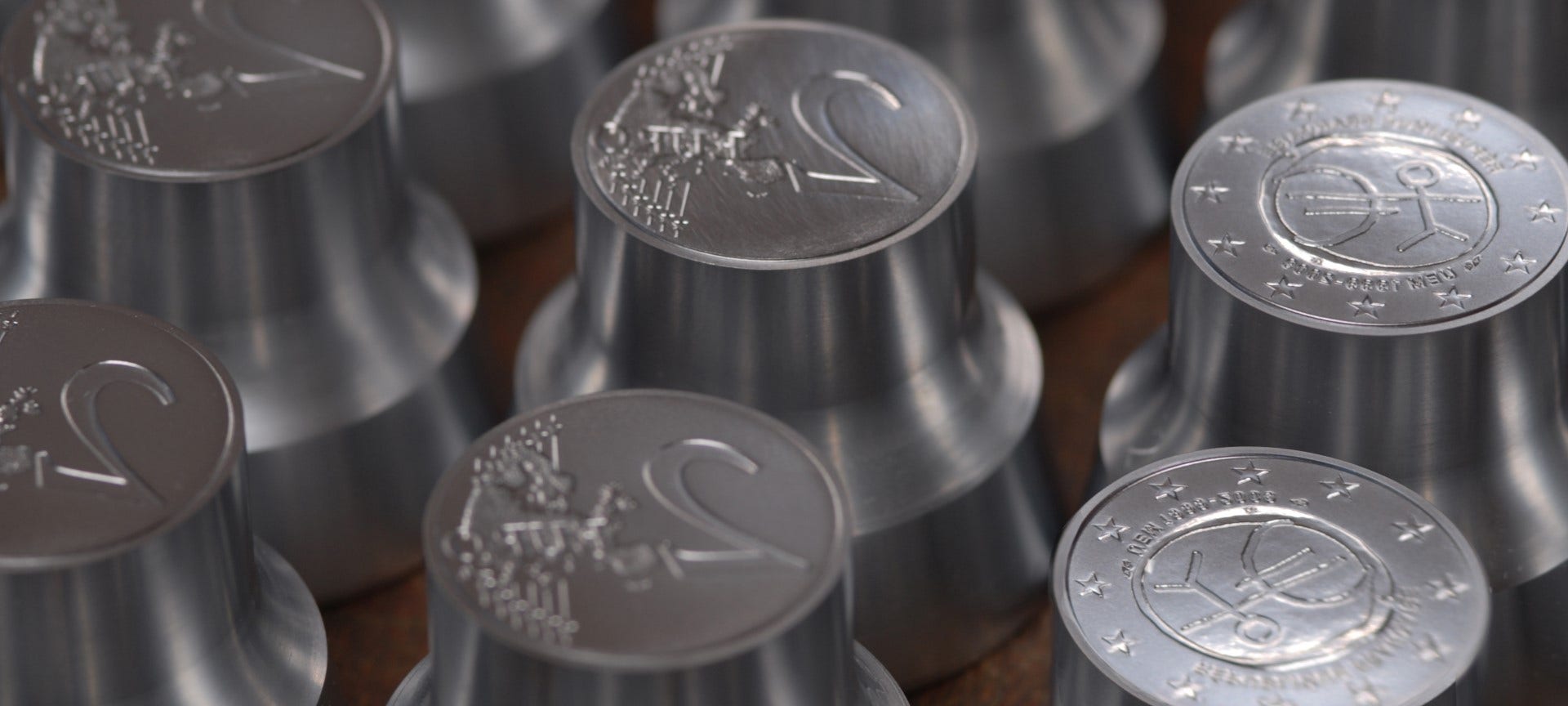

An institution at the cutting-edge of technology
Monnaie de Paris has adapted to the evolutions of its time over centuries. From hammer striking to laser cutting, the institution has successfully developed new manufacturing techniques. On an international level, it is acknowledged as having one of the five best minting qualities in the world and is one of the most dynamic mints in terms of technological innovation.
It is regularly recompensed for the excellence of its productions with distinctions such as the “Coin of the Year” prize at specialised global numismatic events.

The research & development department explores innovation possibilities in the sectors of materials, shapes, and industrial processes. Its activity is focused on five major axes: collector’s coins, tooling, materials for common currencies, striking techniques, and new means of payment.
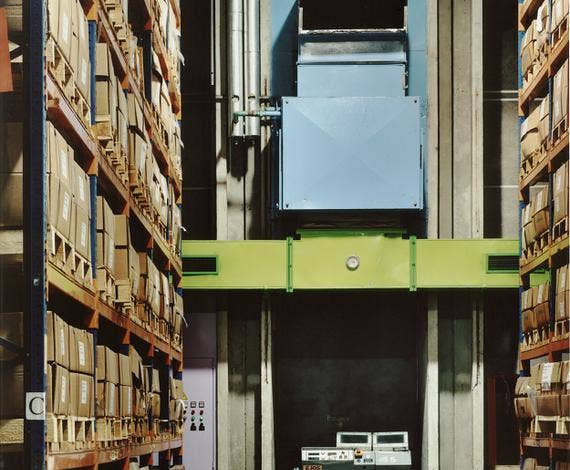
These actions enable Monnaie de Paris to preserve a competitive technological advantage in order to offer the public original and innovative quality products. It thus equips itself with the means to meet new technical challenges and aim at the best global standards.
Sustainable development and combatting counterfeit minting
The Pessac factory is part of the very limited circle of global minting establishments which boast the triple QSE (Quality, Security, Environment) certification: ISO 9001 on the quality of the products, ISO 45001 for the measures taken in terms of security and health at work of the employees and ISO 14001 for the establishment’s commitment to the environment.
Acknowledged for its know-how, Monnaie de Paris participates in the national and European effort to combat fraud and monetary counterfeiting by housing on its Pessac site both the National Coin Analysis Centre (CNAP) and the European Commission European Technical and Scientific Centre (CTSE), both of which require constantly more perfected, high-performance facilities and technological research equipment.

The National Coin Analysis Centre is the competent national authority in terms of euro coin expertise.
Its principal missions are to:
- combat detected euro counterfeiting;
- expertly assess and classify the various types of counterfeiting;
- train policemen and gendarmes in charge of combatting counterfeit currency;
- carry out, as a priority, the work for the European Technical and Scientific Centre (CTSE);
- represent Monnaie de Paris at meetings of European bodies.

The CNAP works in relation with:
- la Banque de France: in order to validate the various types of automatic sorting machines for the operators in the fiduciary sector;
- the Central Office for the repression of counterfeit minting: in order to train operational technical correspondents, the police and the gendarmerie;
- ECFIN (euro protection service) of the European Commission.
The number of counterfeit coins detected in France has fallen considerably (43,000 in 2008, 24,996 in 2013) and has remained stable since 2014.
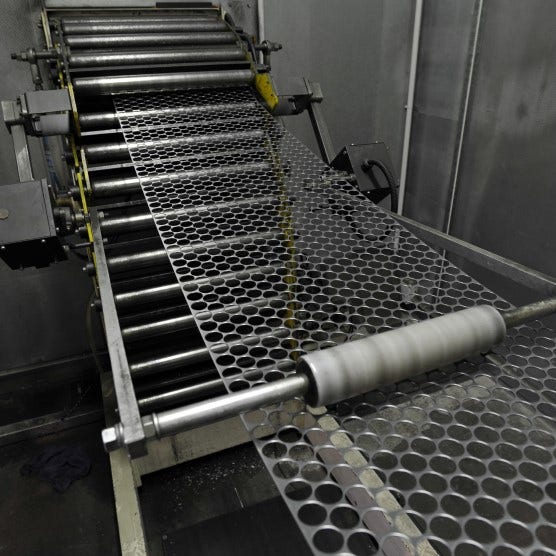
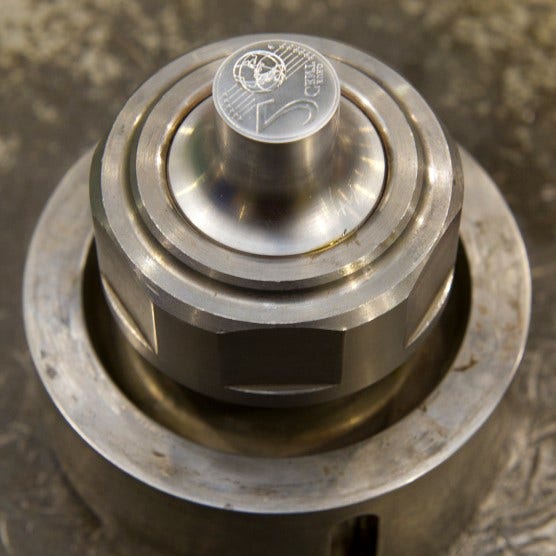
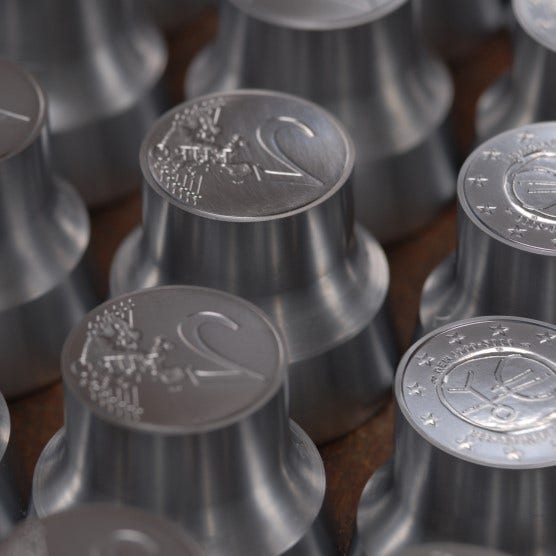
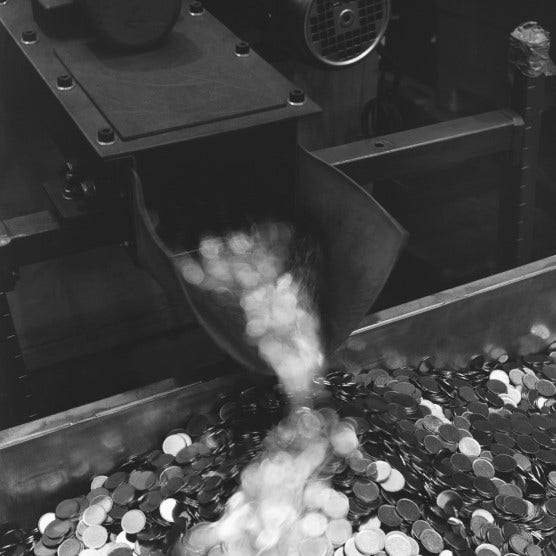
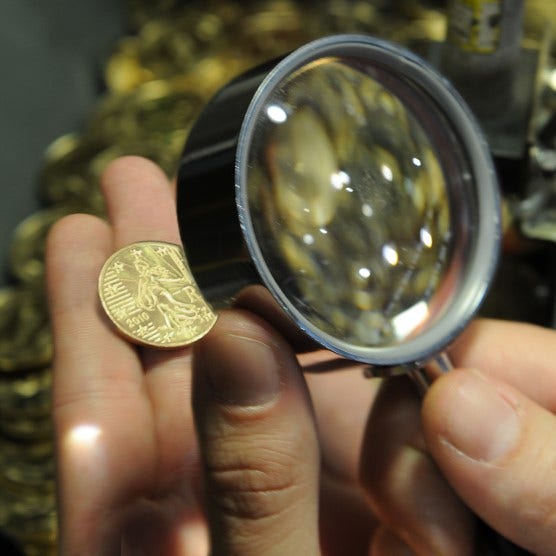
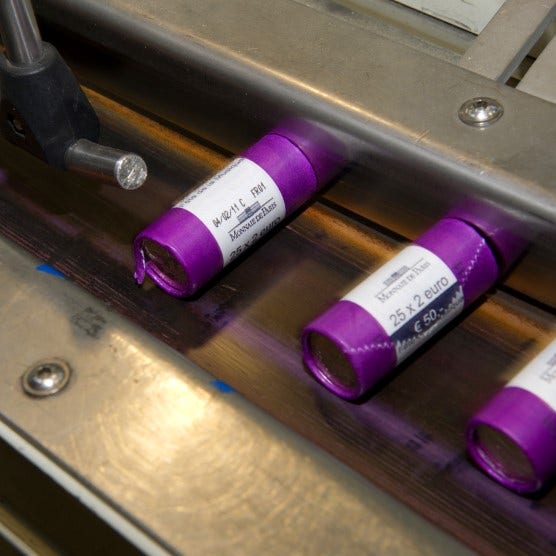
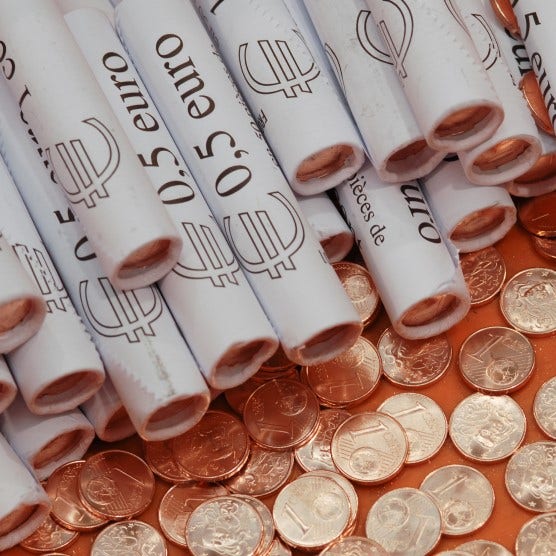
Explore all the faces of Monnaie de Paris
-
-
Break into our plant in Pessac
Pessac plant strikes approximately 1 billion circulating coins at Pessac, half of it is for the export market
-
Online shop
Discover all our products
Buy online our latest collection ! Secured payment and fast shipping
-
Learn more about our craftmanhip
Thanks to their state-of-the-art know-how, our creative craftsmen shape precious ores, engrave style and time in metal and manufacture medals, awards, decorations...
-
Learn about our thousand year history
Monnaie de Paris is France's longest standing institution and one of the oldest enterprise in the world
-


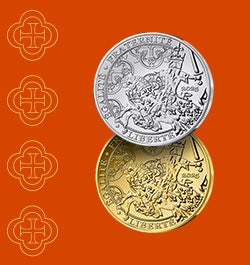

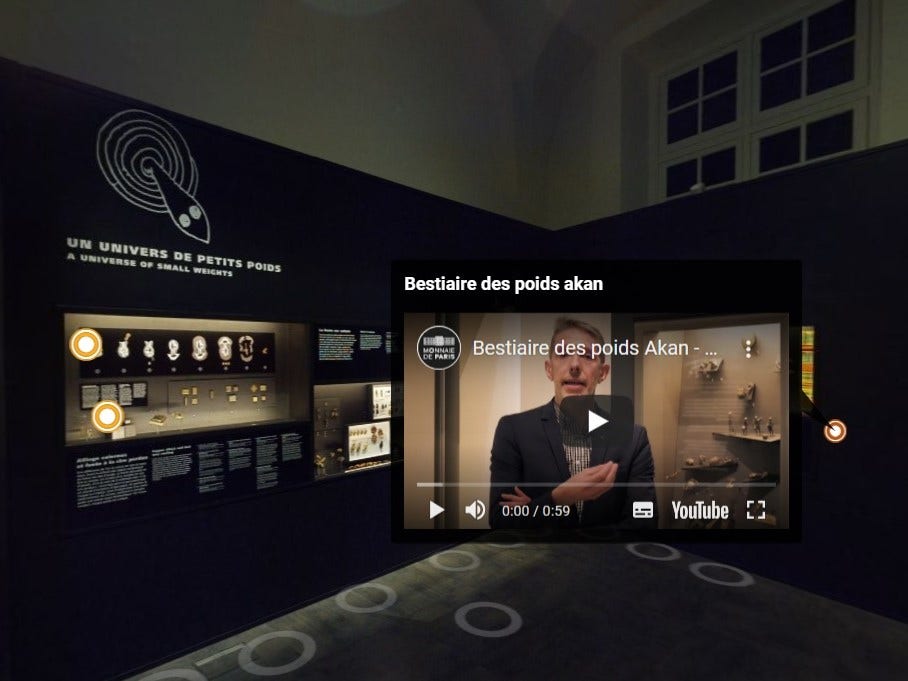

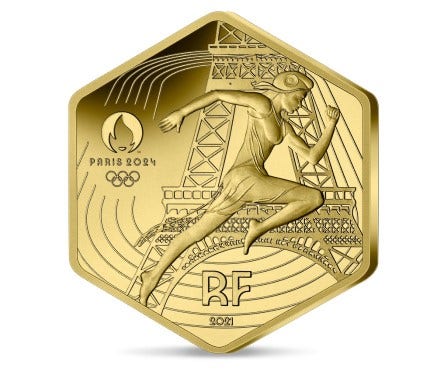
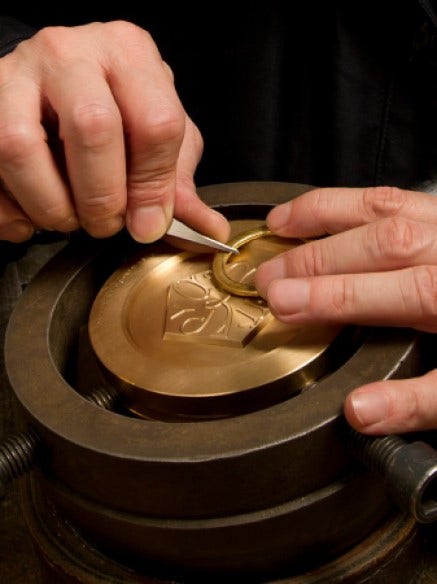
_19th_century.jpg)
